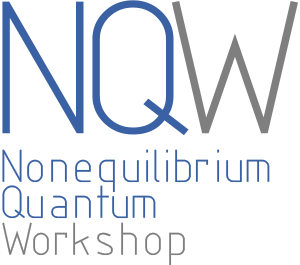Denis Golež: Characterizing microscopic interactions via photo-induced lifetime changes
Charge excitations across electronic band gaps are a key ingredient for transport in optoelectronics and light-harvesting applications. In contrast to conventional semiconductors, studies of above-band-gap photo-excitations in correlated materials are still in their infancy. The new idea presented in this talk is that lifetime changes after a photo-excitation in correlated systems carry essential information about the competition between active degrees of freedom. We will exemplify the concept by a comparative analysis between theoretical many-body simulations and time-resolved ARPES on the excitonic insulator candidate Ta2NiSe5, where the interplay between electronic and lattice degrees of freedom is a matter of hot debate. We will employ photo-induced changes in the lifetime to quantify the competition between electronic and lattice interactions . In particular, the distinction between electron-driven versus lattice-driven situation is apparent as in the former, the photoinduced lifetime changes are substantial, while in the latter, they are strongly suppressed. The quantitative comparison between experiment and theory demonstrates the pivotal (but not necessarily sole) contribution of electron-electron interactions to stabilizing the electronic gap in the material.


